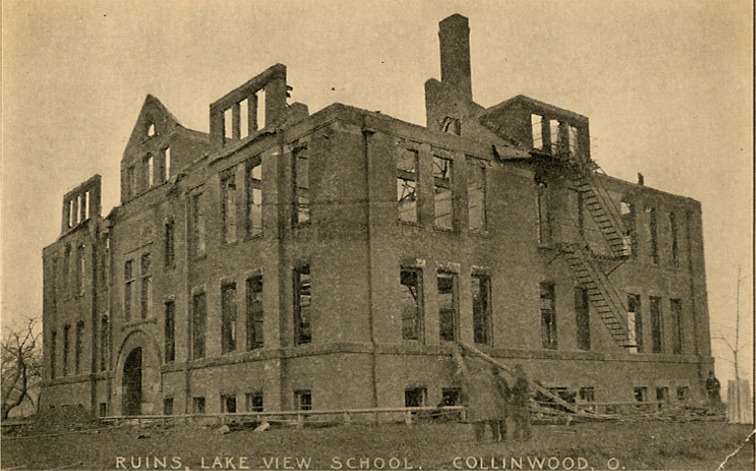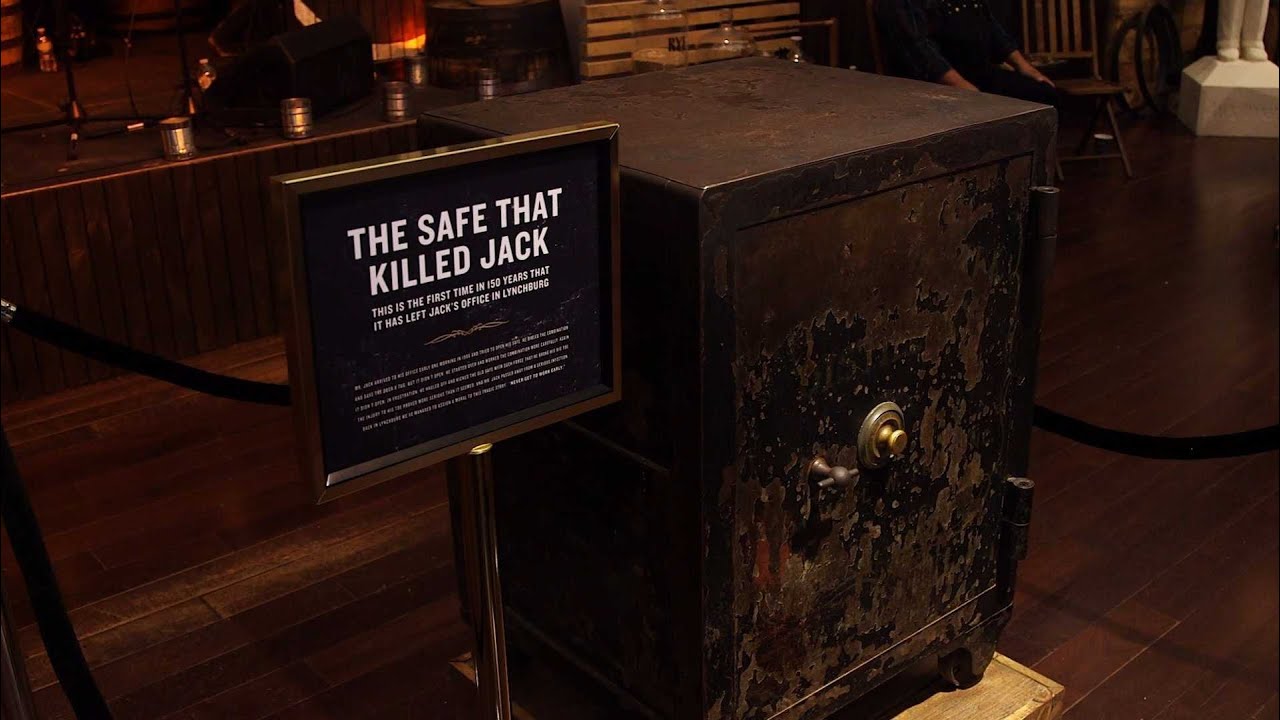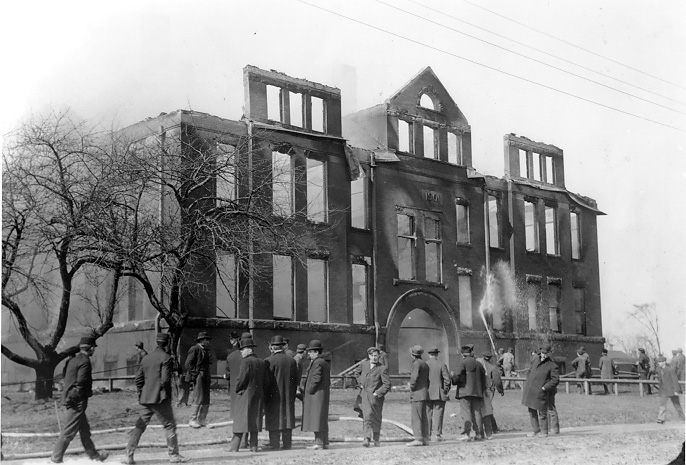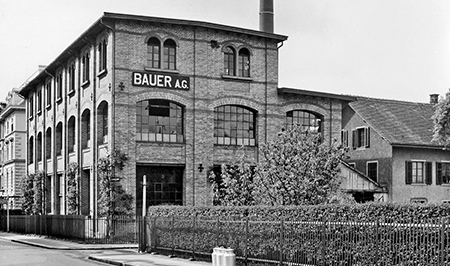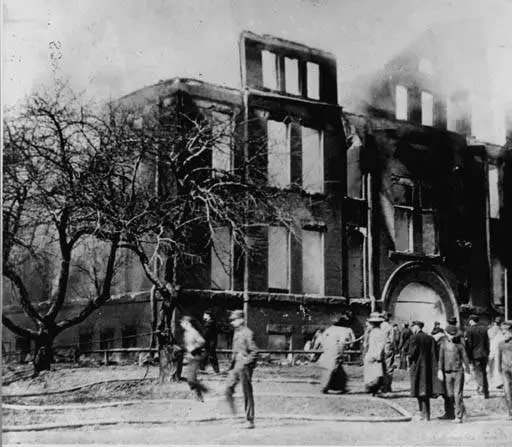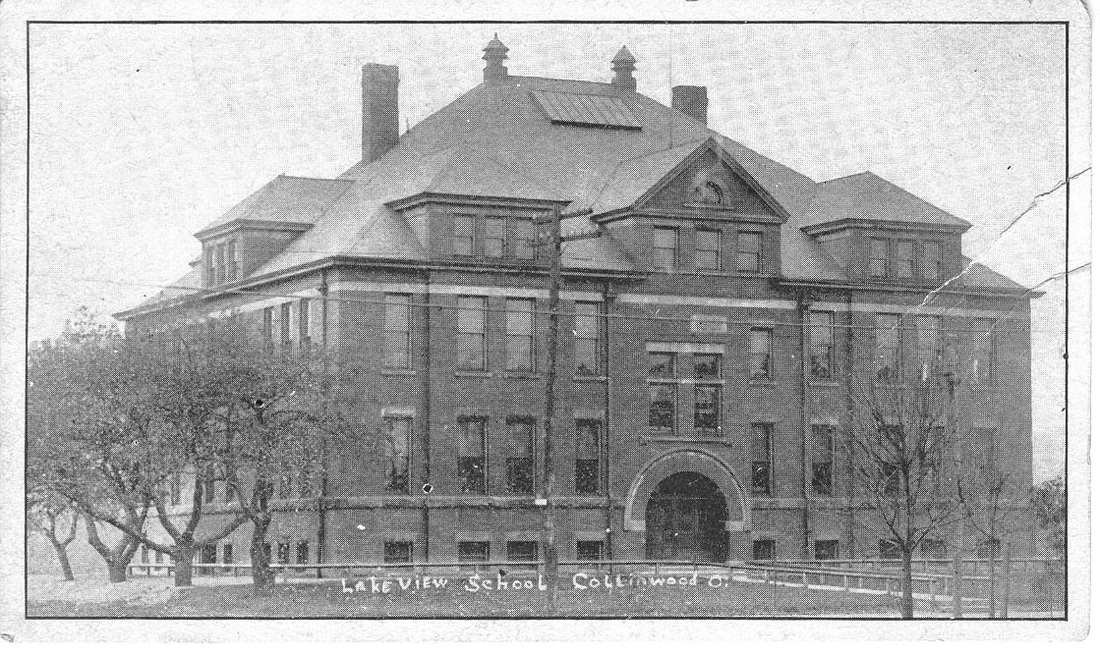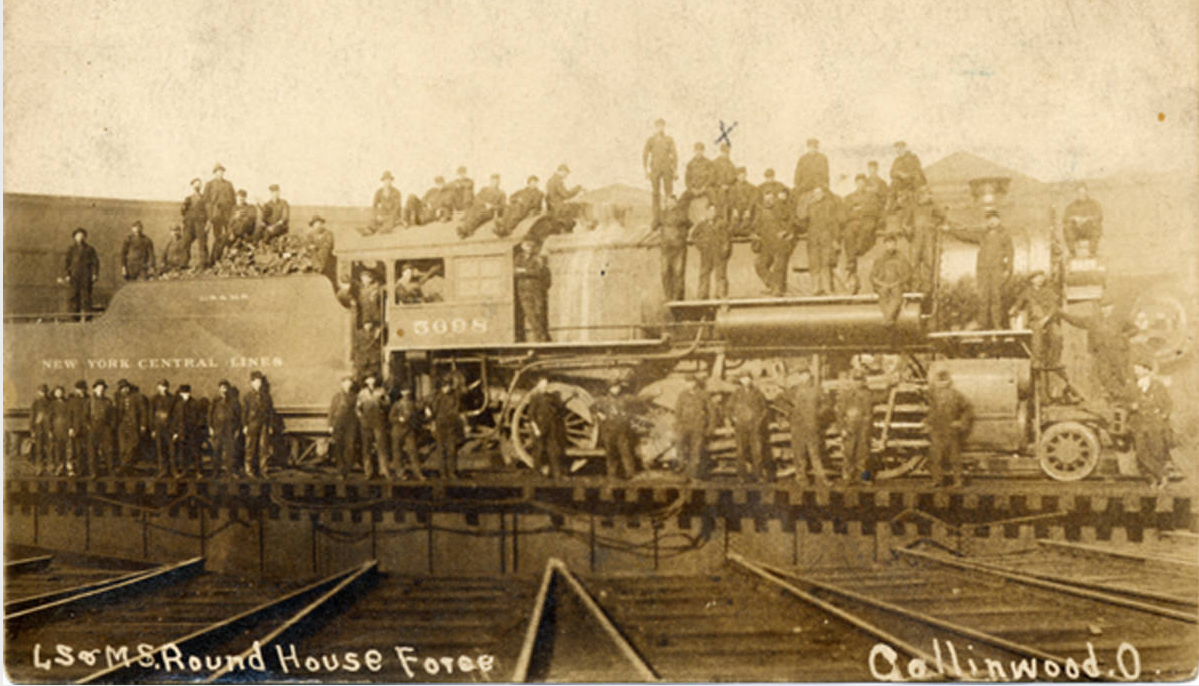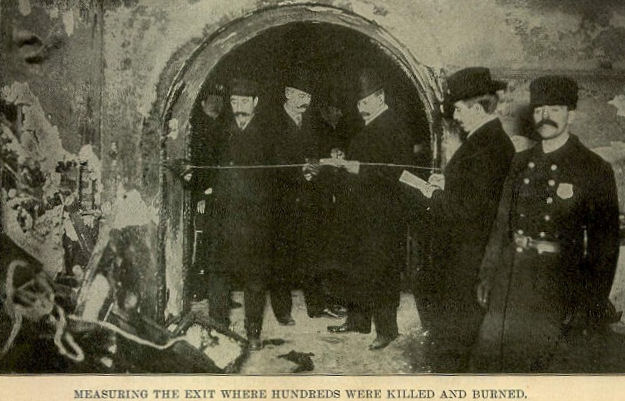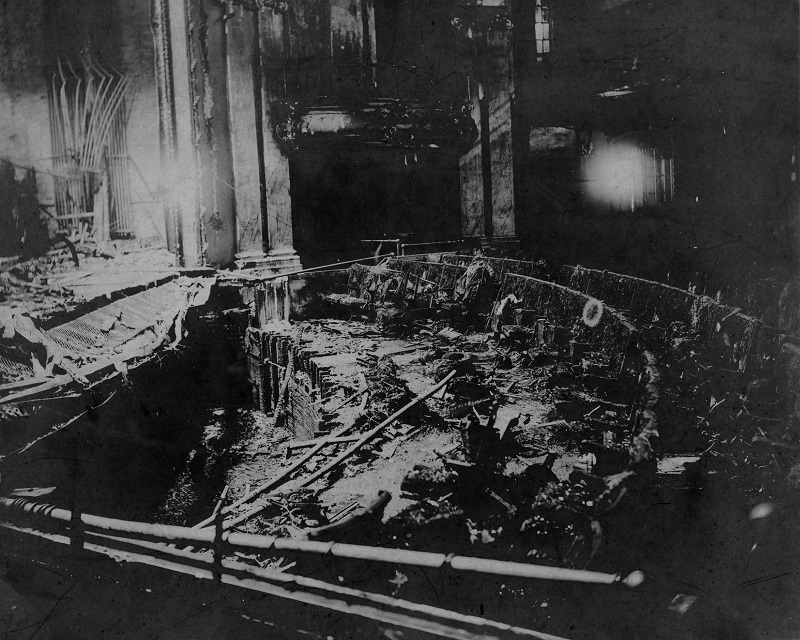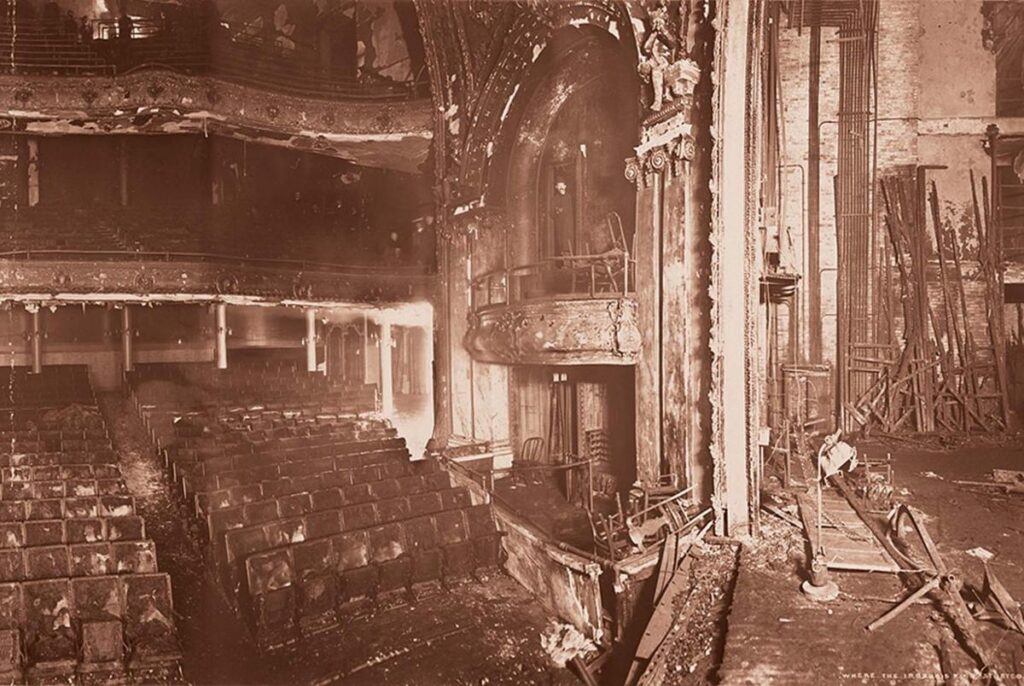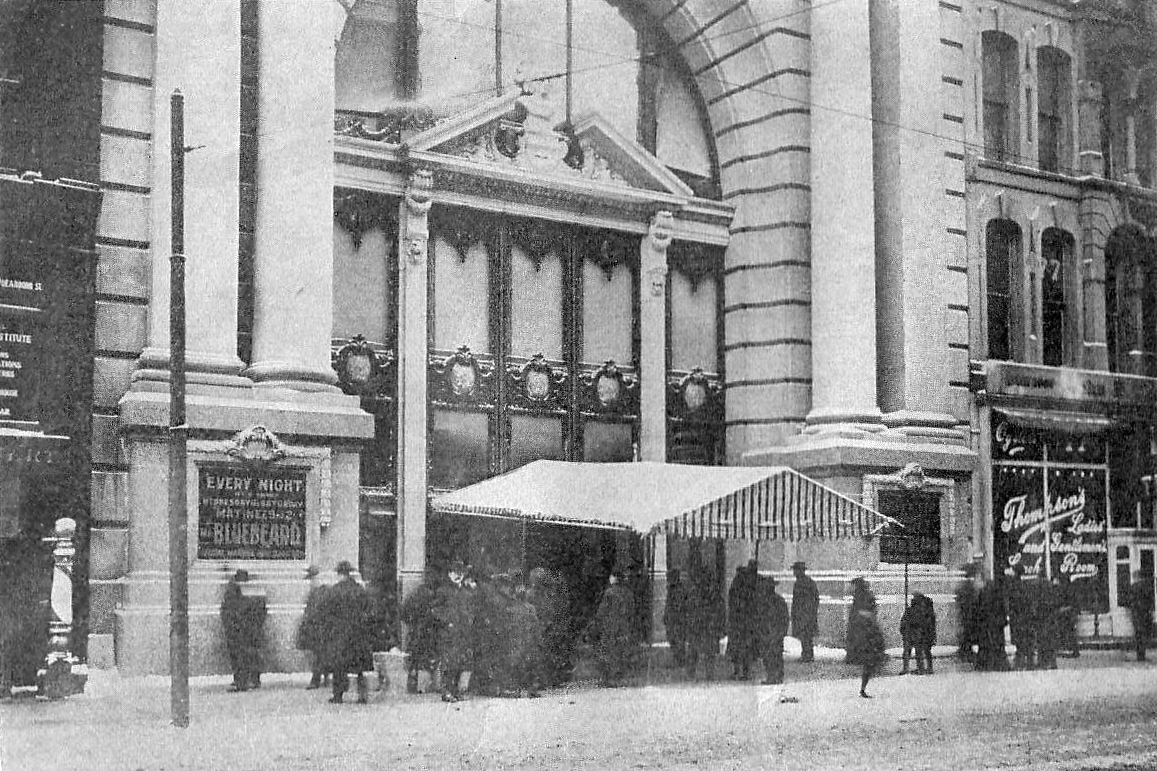The Investigation Begins
The very afternoon of the fire, investigations began. Fire Marshal Brockman interviewed the burned and bandaged Fritz Hirter on the grounds of the school. Fritz lost his eight-year-old Ida, and ten-year-old Walter, and had witnessed his thirteen-year-old daughter Helena burn to death inside the school. While there was some initial speculation that Hirter was somehow responsible for the blaze, this was quickly disputed and he was later hailed as a hero.
Official reports of the investigation have been lost to history, however according to news reports of the time and the book, “Complete Story of the Collinwood School Disaster, and How Such Horrors Can be Prevented” by Marshall Everett, 1908; no official cause was ever determined.
There was electrical wiring in the building, but that was ruled out. Also, the steam pipes leading from the boilers up through the school were reportedly wrapped in asbestos to insulate the wooden components of the structure from the intense heat. However, there were many identifiable factors to the large loss of life that were immediately apparent.
We have already mentioned and discussed the choke-points at the bottom of the stairs. Having any kind of narrowing at a point of egress not only causes a delay in getting out, but it almost certainly guarantees an outcome as we have discussed in this series. Those who are trying to escape can and will trip and fall; and those behind them don’t realize it until it’s too late and they fall on top of them.
That decision to build the partitions proved to be fatal. Continue reading

